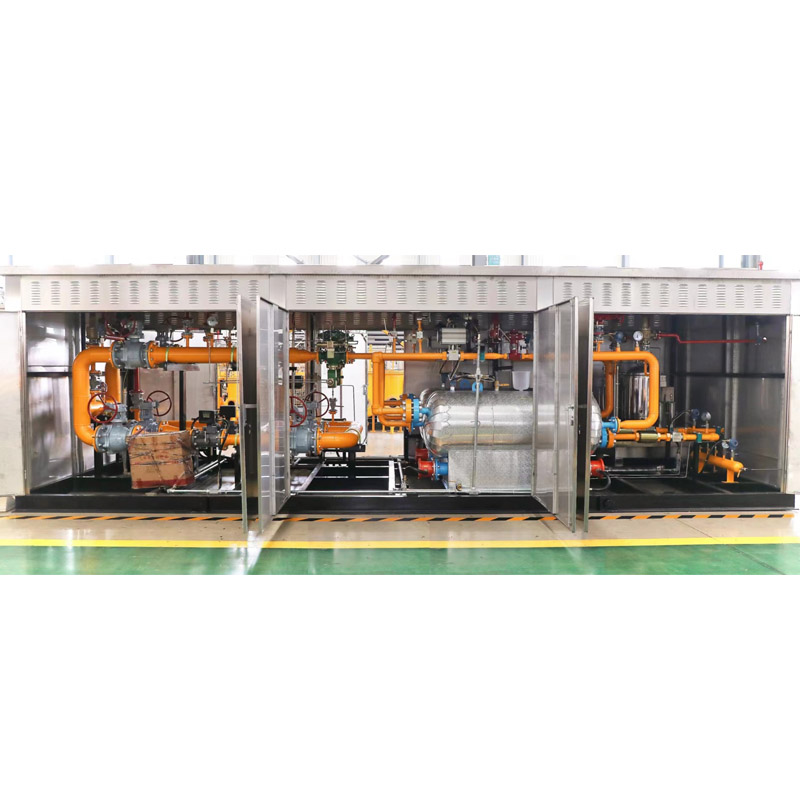
Nov . 14, 2024 14:56
Back to list
gas coalescer
Understanding Gas Coalescers Essential Components in Oil and Gas Processing
In the oil and gas industry, the efficient separation of gas and liquid phases is crucial for ensuring optimal production rates and minimizing environmental impacts. One of the key tools employed in this process is the gas coalescer. This article delves into the function, design, and importance of gas coalescers in various industrial applications.
What is a Gas Coalescer?
A gas coalescer is a filtration device specifically designed to remove liquid droplets from a gas stream. It operates on the principle of coalescence, where smaller droplets merge to form larger ones, which can then be more easily separated from the gas phase. By employing coalescing media, these devices enhance the efficiency of liquid removal, ensuring that the processed gas meets the required purity standards.
How Does it Work?
The operation of a gas coalescer involves several stages. Initially, the gas enters the coalescing unit and passes through a series of filter media. These media are designed with specific characteristics to promote the coalescing process. As the gas flows through the coalescer, the smaller liquid droplets collide with the filter fibers, allowing them to merge with other droplets. This process continues until the droplets become large enough to be pulled by gravity or other means to the bottom of the separator.
Once the liquid accumulates, it can be drained from the system, leaving behind a cleaner gas stream. Some coalescers also incorporate a final filtration stage, which can capture any remaining particles to further improve gas quality.
Applications of Gas Coalescers
gas coalescer

Gas coalescers are widely used across various sectors, including the natural gas industry, petrochemical plants, and refineries. In natural gas processing, they are essential for removing water, hydrocarbon liquids, and other contaminants that can cause pipeline corrosion, hydrate formation, and operational inefficiencies.
In petrochemical applications, gas coalescers help maintain the integrity of reactants and products by ensuring that the gas fed into reactors is free from unwanted liquids. This is particularly important in processes where the presence of water or other liquids can lead to catalyst poisoning or reduced reaction rates.
Moreover, in refineries, gas coalescers play a vital role in protecting compressors and other downstream equipment from damage caused by liquid carryover. By ensuring that only dry gas enters the compression stage, these systems help maintain operational efficiency and reduce maintenance costs.
Importance of Regular Maintenance
To ensure optimal performance, regular maintenance of gas coalescers is essential. This includes routine inspections, media replacements, and checking for any signs of clogging or wear. Failure to maintain these systems can result in reduced efficiency, increased operational costs, and potential downtimes due to equipment failures.
Conclusion
Gas coalescers are critical components in the oil and gas industry, aiding in the effective separation of liquids from gas streams. Their ability to enhance the quality of processed gas not only supports production efficiency but also plays a vital role in environmental protection. As industries evolve and regulatory standards become more stringent, the importance of reliable and efficient separation technologies like gas coalescers will continue to grow, ensuring clean and safe operations in a challenging sector. Understanding the workings and maintenance of these systems is key to optimizing their performance and, consequently, the overall productivity of oil and gas operations.
Next:
Latest news
-
Safety Valve Spring-Loaded Design Overpressure ProtectionNewsJul.25,2025
-
Precision Voltage Regulator AC5 Accuracy Grade PerformanceNewsJul.25,2025
-
Natural Gas Pressure Regulating Skid Industrial Pipeline ApplicationsNewsJul.25,2025
-
Natural Gas Filter Stainless Steel Mesh Element DesignNewsJul.25,2025
-
Gas Pressure Regulator Valve Direct-Acting Spring-Loaded DesignNewsJul.25,2025
-
Decompression Equipment Multi-Stage Heat Exchange System DesignNewsJul.25,2025

